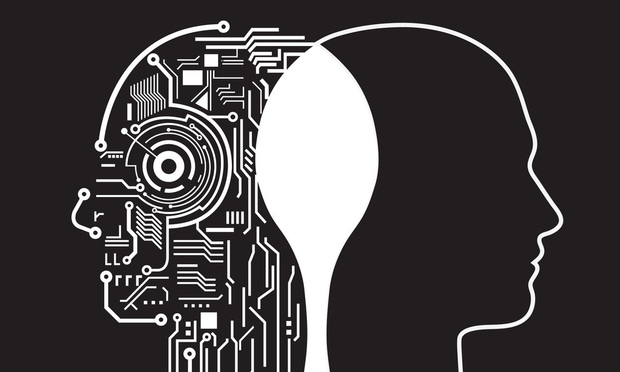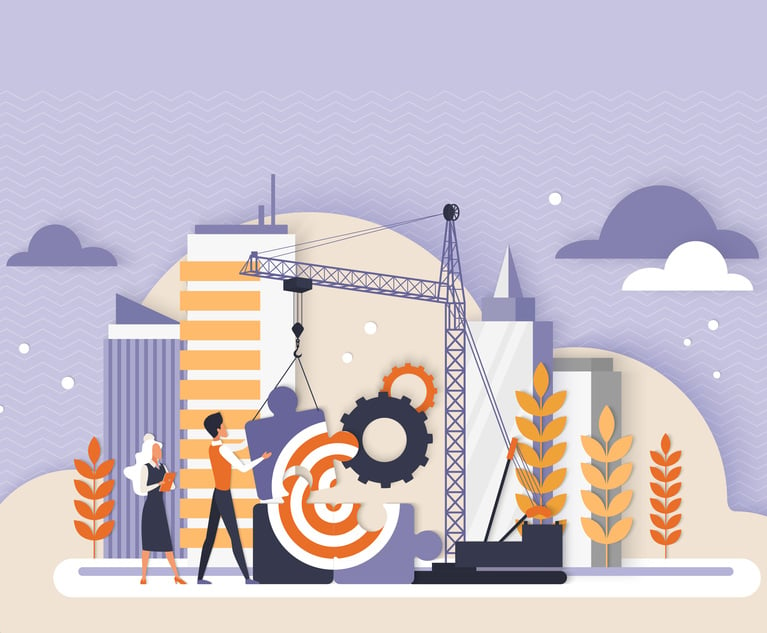Automated decision-making frees up time and resources, two commodities that many government departments lack. The increased availability of AI decision-making tools allows government decisions to be delegated to algorithms, particularly in the resource-intensive areas of local government work that directly impact individual citizens: identifying children in need of additional care, rating schools’ performance, selecting food outlets for a health and safety inspection, calculating fire risks and predicting crime.
Algorithms are useful. They save time, they save money and they can provide better outcomes. But the uptake of automated decision-making is tricky for governments, which are under even more pressure than companies to maintain accountability and transparency and ensure that their citizens trust that the decisions being made about them are fair and trustworthy. Things can sometimes go wrong—a study last year for example reported that an algorithm widely used in the US for predicting criminal re-offending rates was exhibiting unintentional racial bias.







